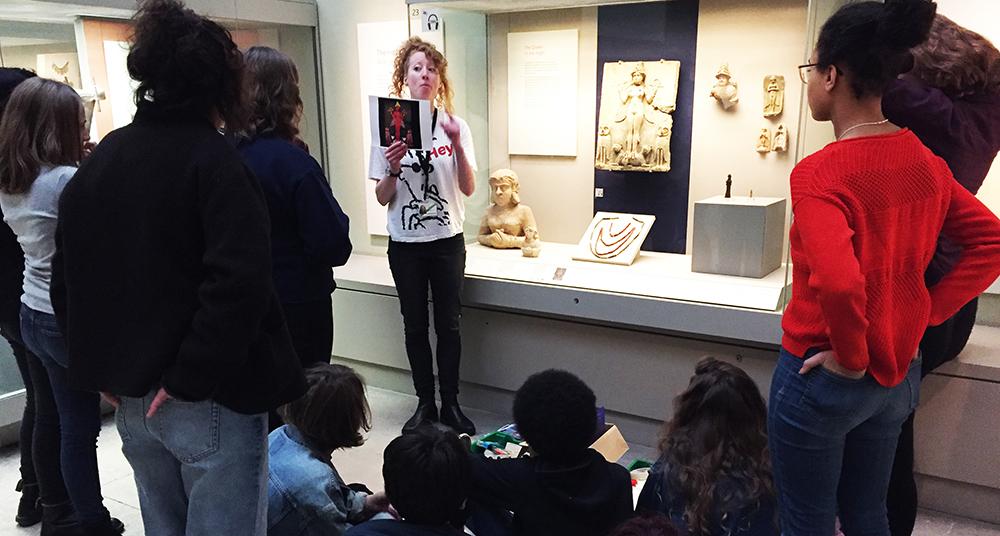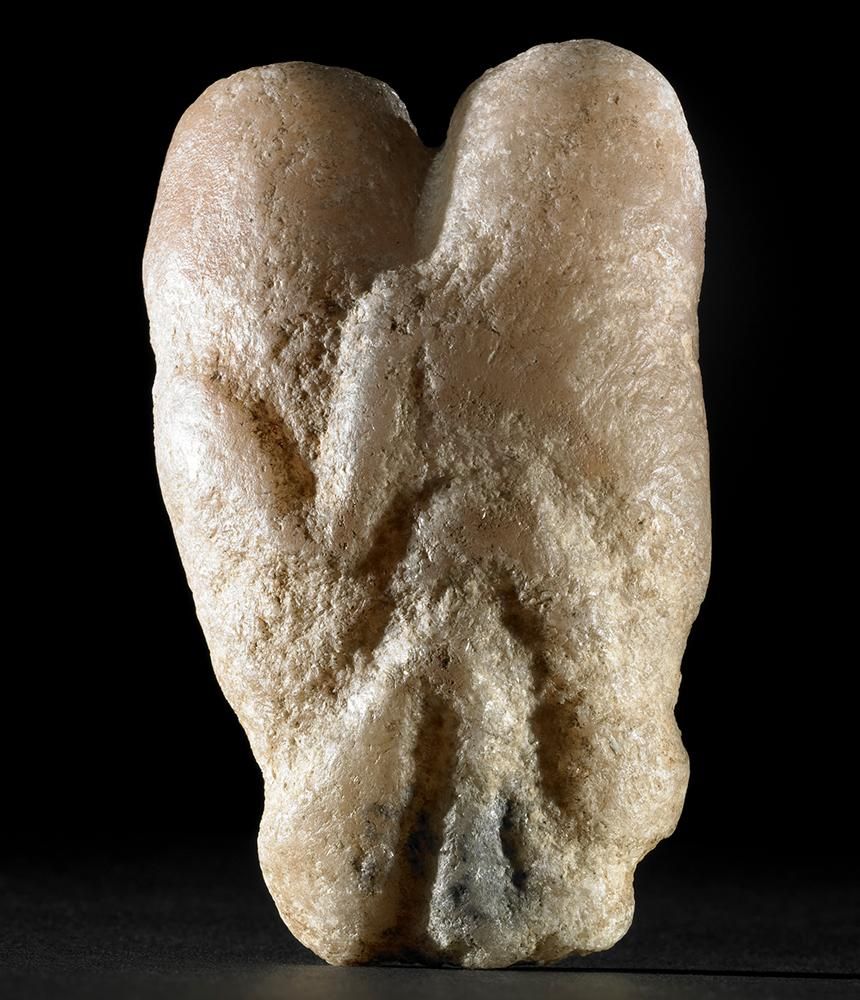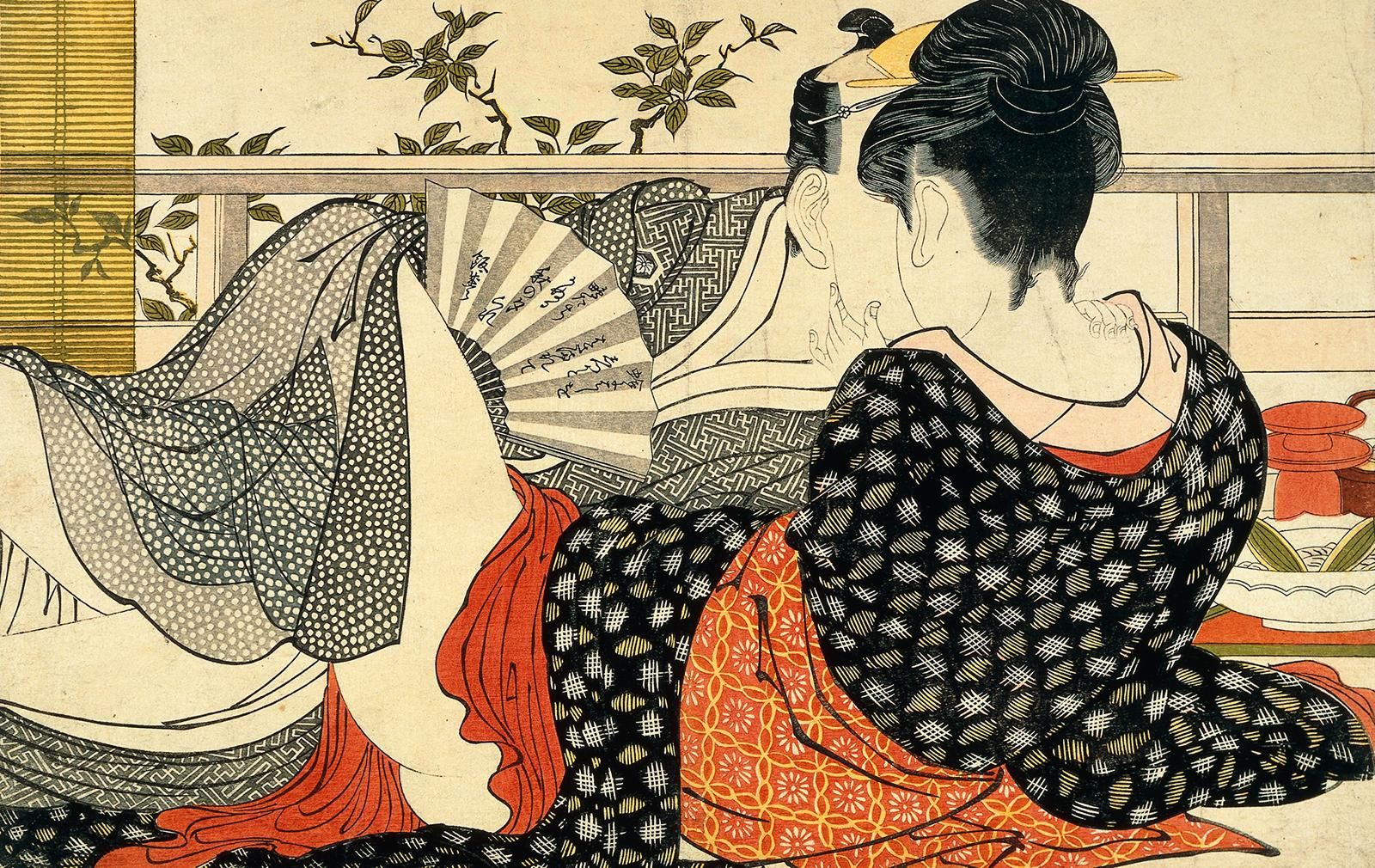In an age when talking about ‘the birds and the bees’ doesn’t cut it anymore, Education Manager Melany Rose explains an important new offering at the Museum for schools.
Let's talk about sex
Think back to your school days – how were you taught sex and relationship education (SRE)? You might have been taught the basics, like how to put a condom on a banana. Perhaps you were shown a video of cartoon characters running around kissing. Or you might not have been taught it at all, in the hope that you might figure it out alone. Today, with sexual content now available online at the touch of a button, these methods seem hopelessly out of date. To help young people navigate the internet safely, the government is introducing compulsory SRE for all secondary schools from September 2019. SRE can equip young people to recognise the difference between healthy and unhealthy relationships.
But where does the British Museum fit in to all this? Museums are social spaces where people can ask questions, create dialogues and make personal connections. Stepping out of a classroom into the more informal museum environment can be a way for students to explore topics through discussion and object-based enquiry. Objects are powerful tools for breaking down barriers, exploring meaning and starting conversations around sensitive topics. They provide a way to talk about topics in SRE in a historical context, removed from students asking teachers directly about their own sexual experiences. Our free SRE programme for secondary schools uses objects from throughout history as discussion points to explore themes such as body image, LGBTQ+, gender and transgender identities, pornography and consent. I co-developed the SRE programme with artist Chloe Cooper, and we use art-based activities to explore issues in a bit more depth.
All the workshops start by establishing a safe learning environment based on the principle that prejudice, discrimination and bullying are harmful and unacceptable. Students will hopefully leave the sessions feeling comfortable discussing SRE topics with their peers, parents and teachers – and feeling confident with their own identity. It also provides teachers with a pool of resources and discussions to take back to school. Here are five key objects we use in our SRE workshops:
The Ain Sakhri lovers figurine
This figurine is the oldest known representation of a couple making love in the world. It was found in a cave in the Judean desert. A pebble has been ingeniously carved so that, whichever way you look at it, the shape of the figurine is phallic but the genders of the couple are not revealed. We use this object as a starting point to discuss gender, relationships and sexual orientation.
The Queen of the Night relief
We use gods from across the collection to look at gender and transgender identities. This object is a 4,000-year-old Mesopotamian baked clay relief of the goddess Ishtar (or Ereskigal) who had the power to change women into men and men into women. We discuss the difference between biological sex, gender identity and gender expression and compare what we assume are ‘female’ and ‘male’ attributes in objects to challenge perceptions of gender norms.
The Warren Cup
The Warren Cup provides evidence for physical intimacy in the Roman Empire, with scenes of two male couples having sex. To our eyes, images of a young man with a boy (probably aged between 14 and 16) are highly controversial – but Roman society considered the relationship acceptable. We use this object to challenge perceptions on assumed ideas of dominance and submission in relationships, the difference between sexual preference and sexual orientation, and the physicality of sexual pleasure.
Japanese shunga
Teaching about pornography can be difficult. However, using a historical object from another culture can take the focus away from modern ideas, providing a starting point to discuss why people now and through history have watched, made and used pornographic imagery. Shunga – literally 'spring pictures' – are explicit and beautifully detailed erotic paintings, prints and books. Produced from around 1600 to 1900 (and banned in Japan for much of the 20th century), they inspired Toulouse-Lautrec, Rodin and Picasso. They appealed to all classes and to both men and women. We discuss the difference between fantasy and reality, what you can learn about sex from pornography and what you can't, communication, and consent as an active process.
The goddess Tara
This is the Buddhist goddess Tara, the consort of a bodhisattva (a deity who chose to relinquish enlightenment to help alleviate the suffering of humanity). Her narrow waist, rounded hips, full breasts, lips and large almond-shaped eyes all represent an ideal of feminine beauty. Yet, when this statue first came to the Museum in 1830, it was kept off display as she was considered too erotic. During the session we also look at bodies with penises to acknowledge anxieties of boys feeling inadequate compared to bodies seen in porn. We also discuss nakedness, pubic hair and what it means to be healthy.
Find out more and book your class into one of these sessions.












